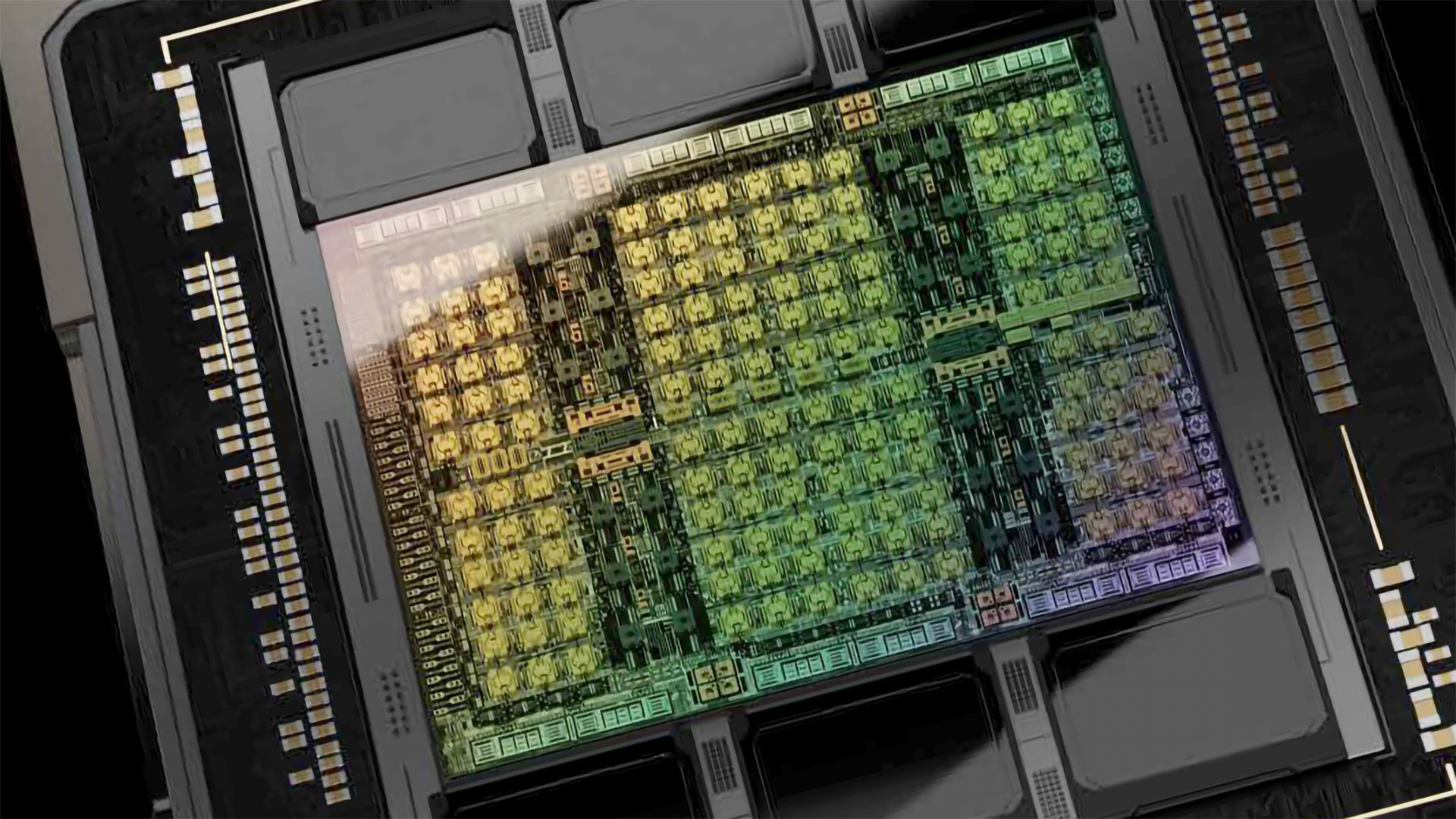Despite U.S. sanctions, researchers in China can still access high-end Nvidia GPUs for AI
The H100 is not entirely banned, it seems.

China-based researchers have been able to bypass U.S. sanctions on GPU exports to China, as made evident by the existence of several recent research papers using the H100, per a report from the Telegraph. This is despite the fact that the H100 hasn't been legal to export to China since 2022, indicating that export controls aren't ironclad. However, the quantities involved in these research papers indicate that China isn't getting very many H100s at the moment.
The first GPU sanctions levied by the U.S. on China happened in August 2022, impacting the high-end H100 and A100 and preventing them from being sold in China. This was before the H100 even launched, so there shouldn't have been any H100s floating around in China prior to the sanctions. Yet the Telegraph has found that four recent research papers written in China are based on testing one or more H100 GPUs.
Among the companies backing these researchers is 4paradigm, which is an AI company but earned itself a spot on the U.S.'s sanctions list because it was apparently aiming to transfer American technology to the Chinese military. Other papers are funded by the Chinese government's science budget. A report from January similarly indicated that academia and government-supported organizations were getting access to Nvidia's AI GPUs, and clearly that hasn't changed.
Obviously, Nvidia isn't selling these GPUs to China given it would be extremely illegal for the Santa Clara-based company. Although initial sanctions prevented China from getting Nvidia GPUs from the U.S. and the wider Western world, China could still buy them second-hand from other countries. That's the reason why H100 export controls are getting even more strict, as they now extend to the Middle East, specifically to prevent China from obtaining more.
Chip smuggling may also play a role in getting Nvidia GPUs to China, especially as smuggling operations become larger and more complicated. The U.S. was seemingly worried about a covert smuggling attempt last year, when it banned a Chinese company from shipping some A100 GPUs to Australia. The Commerce Department suspected from Australia they would be taken to China.
The silver lining for the U.S. government is that these research papers often involve eight or less H100 GPUs, which implies there's not that many available in China. These aren't nearly enough for a fully-fledged AI datacenter, which will either need to rely on some of Nvidia's new and sanctions-compliant GPUs or China's homegrown AI chips such as Huawei's Ascend GPUs.
Get Tom's Hardware's best news and in-depth reviews, straight to your inbox.

Matthew Connatser is a freelancing writer for Tom's Hardware US. He writes articles about CPUs, GPUs, SSDs, and computers in general.
-
Pierce2623 Of course they do. Nvidia bends over backwards to give them access as long as the money is there. They’ll never get hammered the way the politicians are all invested in Nvidia though.Reply